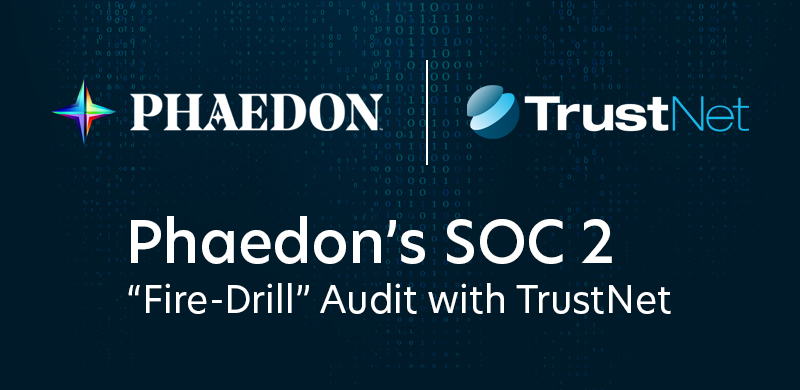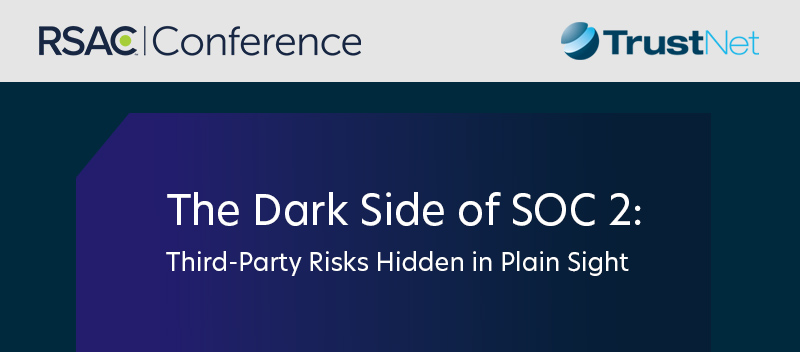
Your company’s network is a complex environment managed by many moving parts. That makes detecting intruders a constant challenge. The truth is that cyber attackers and malware can lurk undetected in your system for days, weeks or months stealing credentials, doing damage or monitoring your activity.
It probably goes without saying, but your network and sensitive data become more threatened with every passing moment that this criminal invasion is allowed to continue. While thorough security training, protocols and practices, anti-virus software and automated scanning programs must be vital parts of your strategy, there are situations when they are not sufficient. That is when you need to institute cyber threat hunting.
What Is Threat Hunting?
After a data breach occurs, companies typically implement a forensic investigation, performing an analysis of how vulnerabilities in the system opened the door to infiltration. By contrast, cyber hunting involves proactively looking for malicious code or other signs that your system has been usurped by an unauthorized entity. Ideally, this is a preemptive procedure that happens before any real damage is done. It is designed to sniff out what are known as advanced persistent threats (APTs) that automated and basic security tools are not equipped to catch.
Preparing for Cyber Threat Hunting
Think of cyber threat hunting as an additional layer that enhances your basic system protection solution. In order for it to be effective, the foundation must first be as airtight as possible. Your security setup should include a state-of-the-art firewall, anti-virus software, network capture, endpoint management and security information and event management (SIEM). Furthermore, you will need access to threat intelligence resources that will enable you to research IP addresses, new malware types and indicators of compromise (IoCs).
Next, you need to learn exactly what your goals are as an enterprise and what threats you want to find. Setting these prioritized intelligence requirements (PRIs) enables you to determine what is most important from an organizational standpoint so that you can make educated guesses about what specific threats might arise and how you might preemptively detect them.
What Does a Threat Hunter Do?
Finding, isolating and eliminating a threat or threats that have eluded other security solutions has recently become a lucrative job in the industry. The cyber threat hunter is quickly becoming an integral member of corporate network security teams.
A hunter’s job responsibilities include keeping an ear to the ground, using intelligence about known malware and other threats to hunt them down and neutralize them. In order to correct current vulnerabilities and predict future issues, they also analyze all aspects of the breach and its perpetrators, including whether the attack came from inside or outside, who the threat actors are and what infiltration methods they used.
Cyber Threat Hunter Techniques and Tools
A threat hunter combines the scientific method with the skills and approach of a detective. In order to find lurking threats, the hunter first makes a hypothesis on potential methods of entry using intelligence about the company, its system vulnerabilities and the industry within which it operates. Relevant skills include the following:
- Knowledge of the IT environment;
- The ability to make hypotheses about possible threats and their sources as well as their potential impact on the organization;
- The ability to analyze and interpret statistical data;
- The forensic skills to investigate the root causes and time line of attack incidents.
The cyber hunt team or person then uses an arsenal of software and other security monitoring tools such as firewalls, anti-virus, data loss prevention and intrusion detection. In addition, the following strategies are generally employed:
- Security Information and Event Management (SIEM) solutions compile data and event logs in real time to track and analyze security incidents.
- Statistical and intelligence analysis software. Statistical tools search for mathematical irregularities in the data that might signal a breach while intelligence analytics tools seek out hidden or complex relationships in the environment.
- Logs. Without data, a threat hunter cannot function. Logs are major sources of the vital information that is necessary for the security team to do their preemptive work. These include proxy/firewall, event and anti-virus logs.
Proactive threat analysis and detection is where today’s cybersecurity hunters excel. The process of continuously gaining knowledge about an environment, predicting gaps, warning signs and weaknesses and intercepting an attacker is complex and very company-specific. If your business has not already added cybersecurity hunting to your proactive security infrastructure, the time has come to seriously consider doing so.




